A familiar menu staple received a bold update in 2025, reigniting interest in a sandwich born more than six decades ago. This piece explains the origins, the recent changes, and what they mean for fans, sustainability, nutrition, and creative ways people enjoy the sandwich today.
Origins and purpose

The sandwich was created in 1962 by Lou Groen, an Ohio franchisee who wanted a meatless Friday option for Catholic customers, and it quickly filled a niche. Its invention reflects a practical approach to meeting local demand, which turned into a signature item with broad appeal.
Classic composition

The original combines a golden breaded fillet, a soft steamed bun, tangy tartar sauce, and a single slice of cheese, resulting in a simple yet memorable combination. That restrained recipe is what made the sandwich stand out among the broader fast-food lineup.
2025 evolution

In July 2025 McDonald’s introduced a heartier iteration in the UK, adding a double-fillet variant to the menu. This was the most significant change to the sandwich’s format since its debut, designed to offer a more filling option without abandoning the familiar formula.
What the double offers
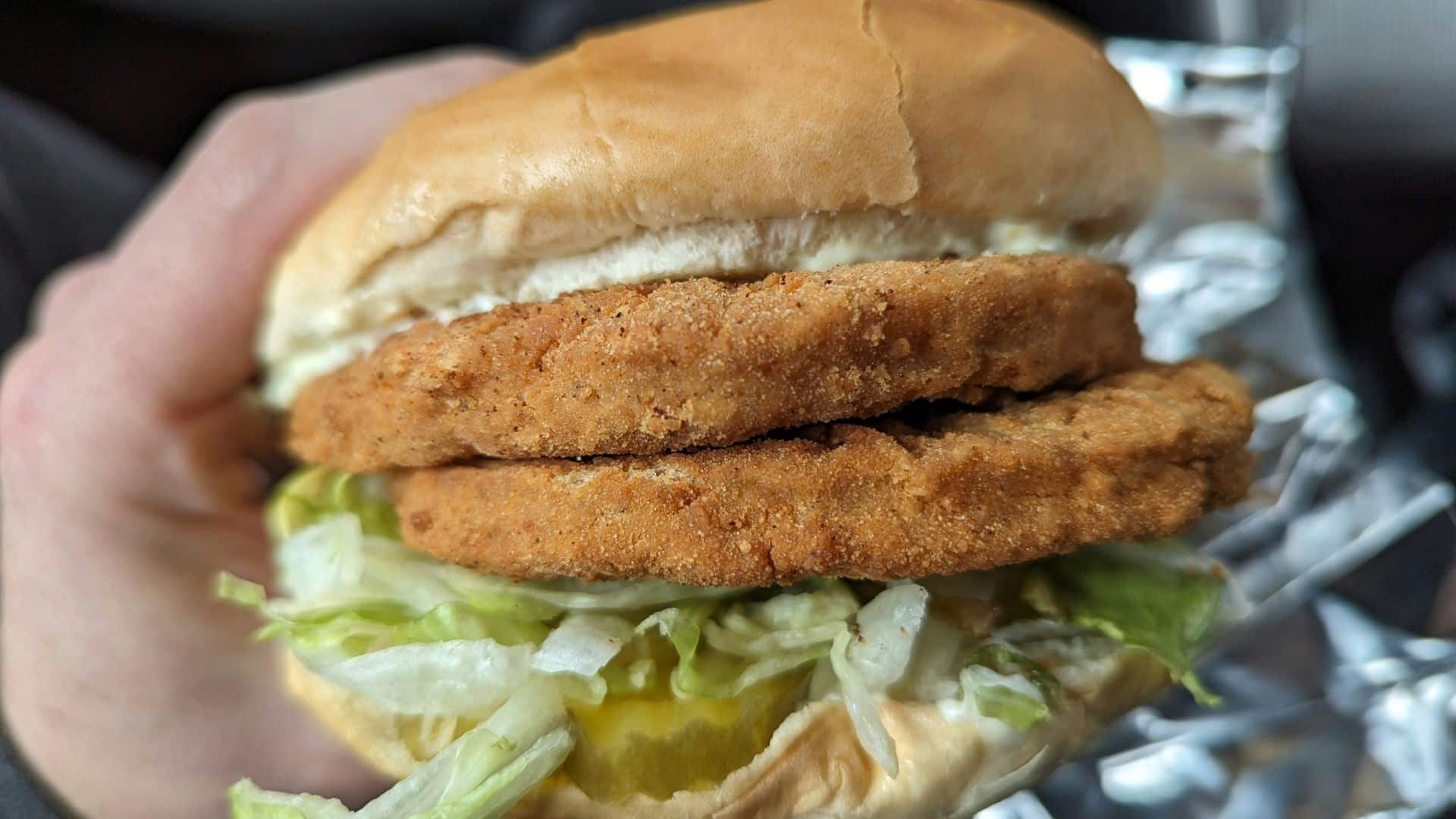
The new version stacks two crispy Pollock fillets, each coated and fried for crunch, with sauce and melted cheese between the same steamed bun. The result intensifies texture and flavor, giving diners a richer mouthful while preserving the original balance.
Launch and availability

The Double Filet-O-Fish arrived on July 1, 2025, with an initial app promotion that encouraged early trials, and it then moved into standard pricing tiers. The rollout focused on the UK market as a test bed, while other regions continue to evaluate local demand.
Sourcing and sustainability

McDonald’s relies on species like Pollock and Hoki, certified by trusted sustainability programs, to maintain supply and environmental responsibility. Over time the company has shifted suppliers to match availability with conservation standards, reflecting industry-wide pressure to fish responsibly.
Cultural footprint

From a religious accommodation to a global comfort item, the sandwich has transcended its origin to become a small cultural icon, favored by people seeking a lighter fast-food choice. Its longevity demonstrates how a modest idea can achieve lasting resonance.
Nutrition snapshot

The classic single sandwich is relatively modest in calories and protein when compared to beef options, while doubling the fillet naturally raises calories, fat, and sodium. The larger portion appeals to bigger appetites, though it changes the meal’s nutritional profile considerably.
Taste and mouthfeel
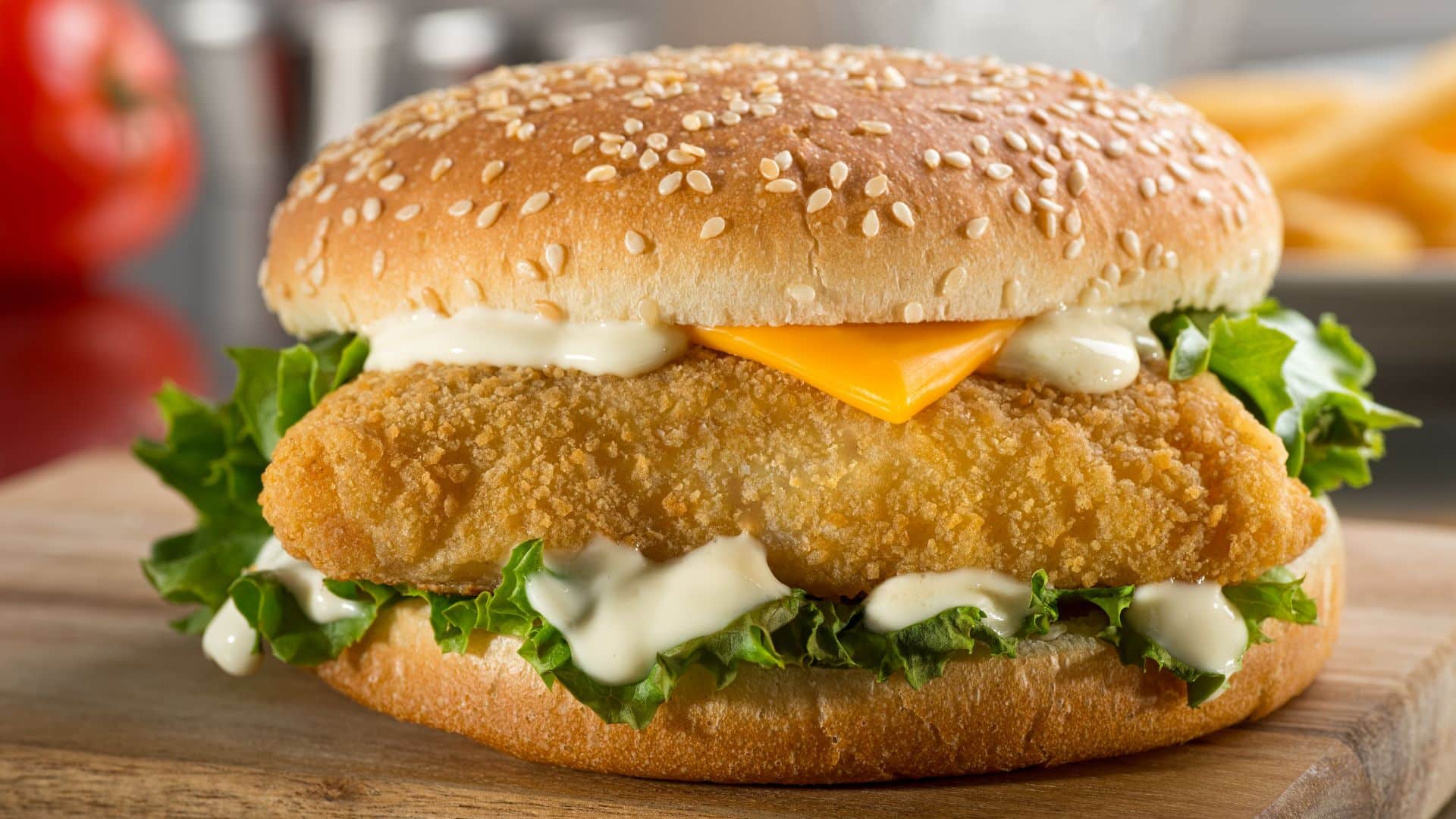
What separates this sandwich from burgers is the flaky, tender fish and the interplay of creamy sauce with a pillowy bun, providing an approachable texture contrast. Doubling the fillet amplifies those sensations, increasing crispness and richness with each bite.
Creative tweaks and hacks
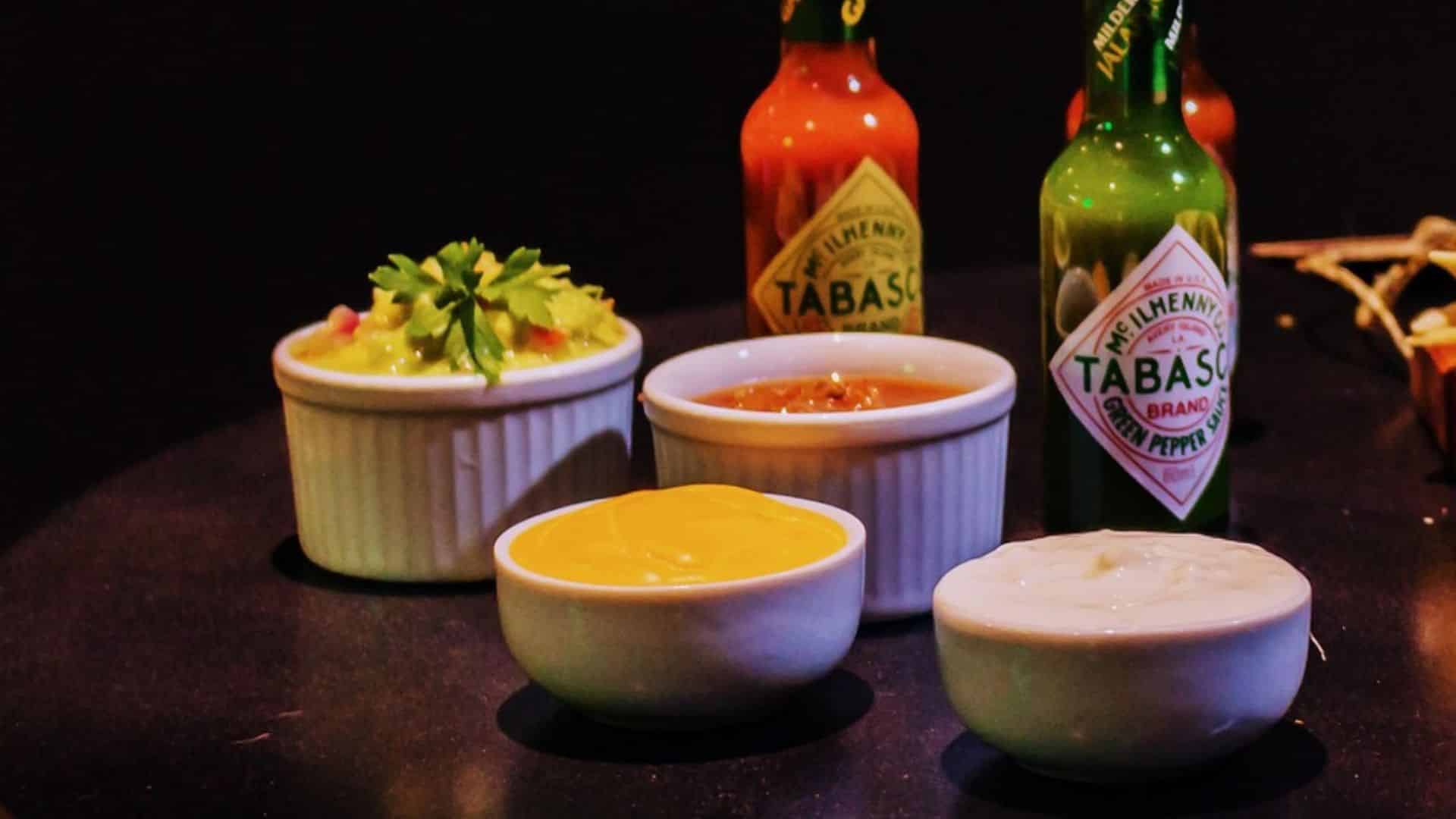
Fans often personalize the sandwich by swapping sauces, adding pickles, or combining it with other menu items to create new flavor hybrids. Those playful modifications keep the classic relevant, showing that even a sixty-year-old recipe can inspire fresh ideas.
The Origins of an Idea

Lou Groen’s creation began as a clever fix to a local problem. In the early 1960s, his Cincinnati restaurant lost business on Fridays when Catholic customers avoided meat. To keep sales steady, he tested breaded white fish recipes until finding that Pollock offered the perfect balance of flavor and cost. What started as a regional experiment quickly grew into a nationwide favorite.
A Taste of Tradition

The Filet-O-Fish became more than a sandwich, it became part of family memories. For many, its mild flavor and soft texture evoke nostalgia, reminding them of road trips and childhood meals. This emotional connection helped it stay relevant even as fast-food trends changed around it.
Balancing Innovation and Heritage

Updating a legacy product can be risky, so McDonald’s took a careful approach. The Double Filet-O-Fish doubles the fillet but keeps the same sauce, bun, and cheese. The goal was to offer more substance without losing the familiar taste that made it a classic.
A Global Test Kitchen

Launching the double version in the UK allowed McDonald’s to study customer reactions in a controlled market. The region’s mix of traditional fish-and-chips culture and fast-food enthusiasm made it ideal for testing a richer, more filling sandwich. Early results suggested strong curiosity among both loyal fans and new diners.
The Appeal of Texture
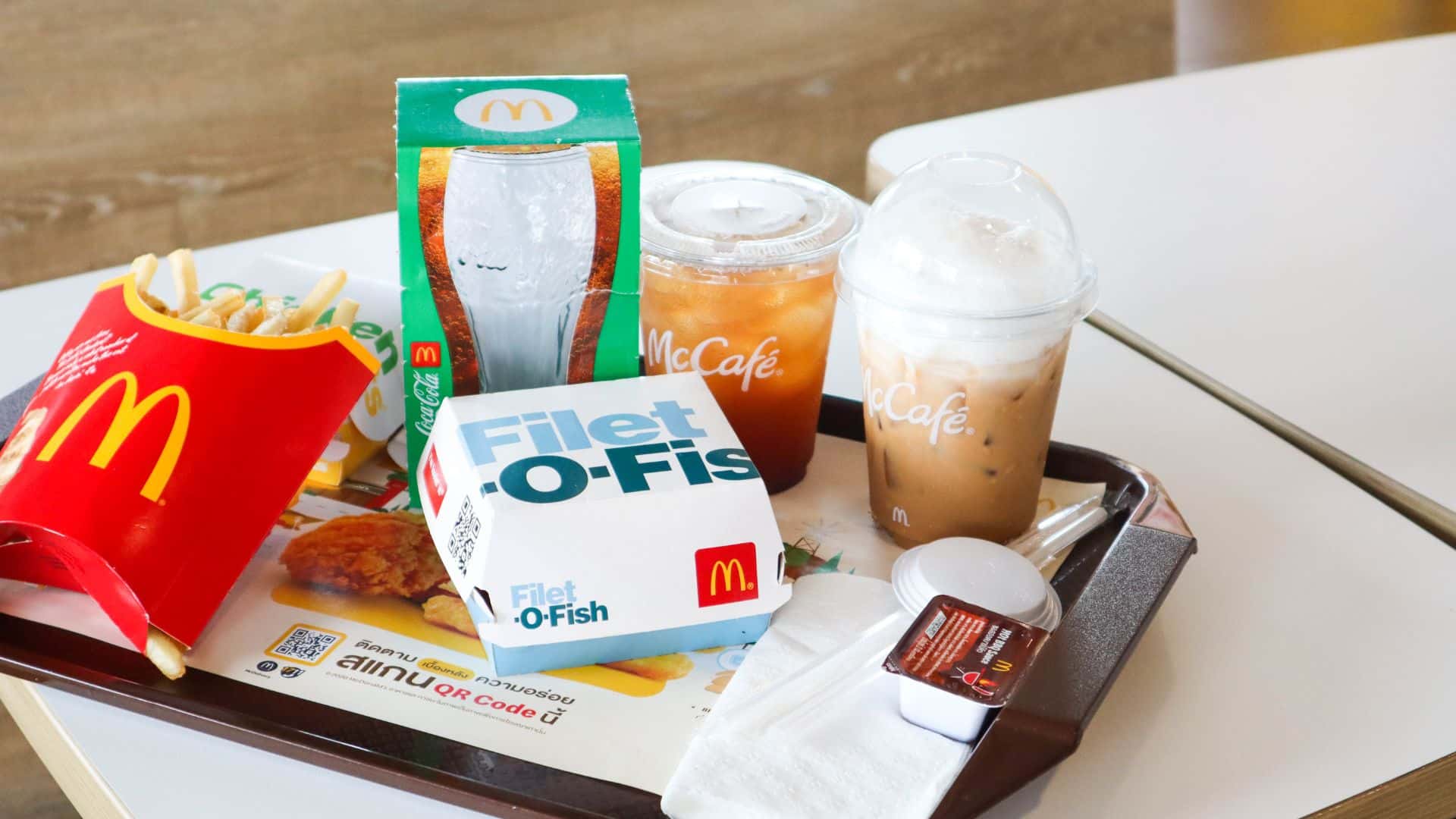
Part of the sandwich’s charm lies in contrast, a crisp coating that meets the softness of the bun and the smoothness of the sauce. By stacking two fillets, McDonald’s amplified that texture, creating a thicker bite that feels more indulgent yet still balanced.
Ocean Origins

The fish used for the sandwich has long been sourced from sustainable Pollock fisheries. McDonald’s suppliers are certified by the Marine Stewardship Council, which tracks fish populations and environmental impact. This effort allows the brand to maintain both quality and responsibility in its supply chain.
A Shift Toward Sustainability

As customers grow more aware of environmental issues, transparency about sourcing has become key. McDonald’s has highlighted its use of certified fisheries and recyclable packaging to show that classic comfort food can adapt to modern sustainability goals.
Nutritional Balance
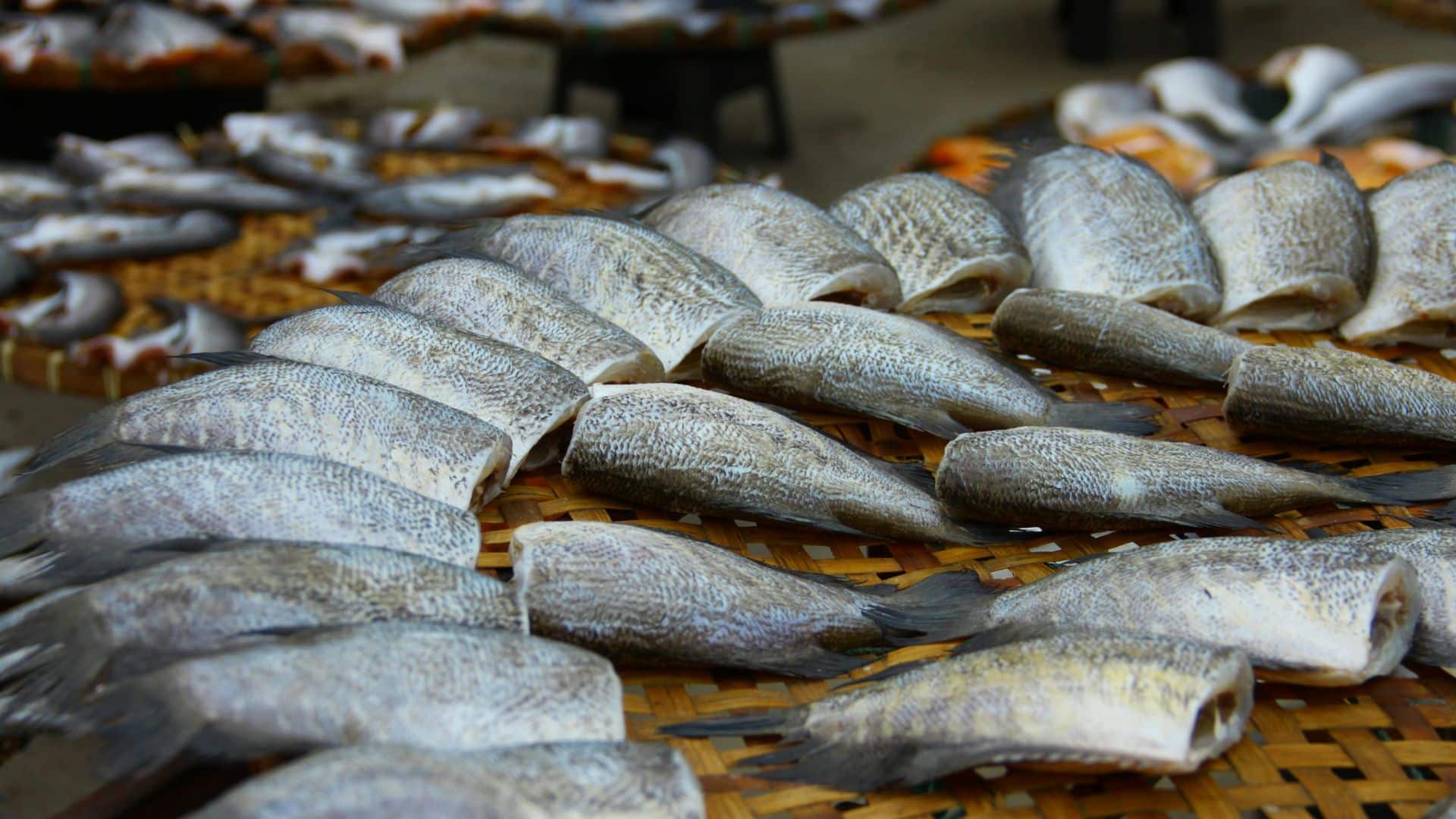
While richer in protein, the Double Filet-O-Fish remains moderate compared to other fast-food options. Its lighter profile appeals to customers seeking variety beyond red meat, fitting into balanced diets without sacrificing flavor or satisfaction.
The Role of Limited Promotions

The early app-based launch in July 2025 reflected how digital platforms now drive new product campaigns. Offering exclusive deals encouraged users to engage through the brand’s online ecosystem, turning curiosity into measurable sales and feedback.
A Legacy That Adapts

More than sixty years after its debut, the Filet-O-Fish continues to evolve with taste and time. Its survival proves that simplicity, when paired with thoughtful updates, can stay relevant across generations and changing food cultures.


